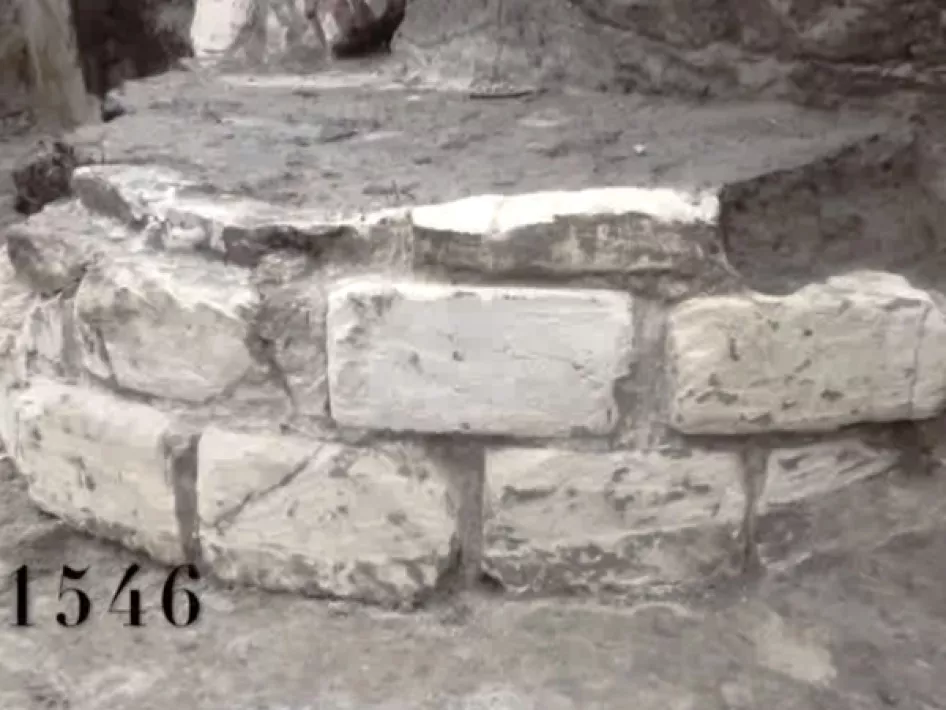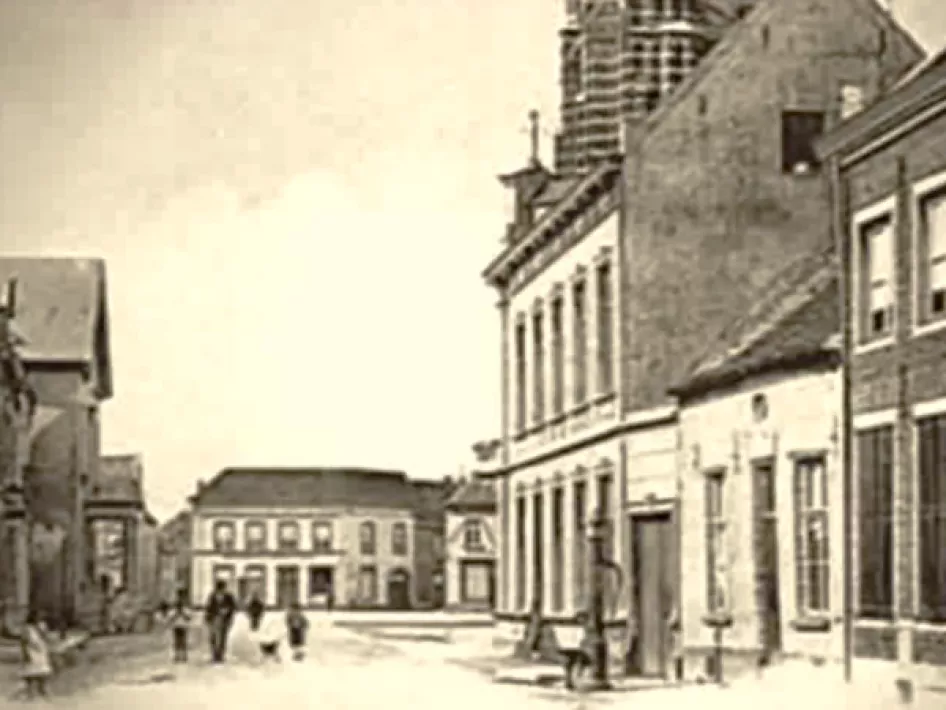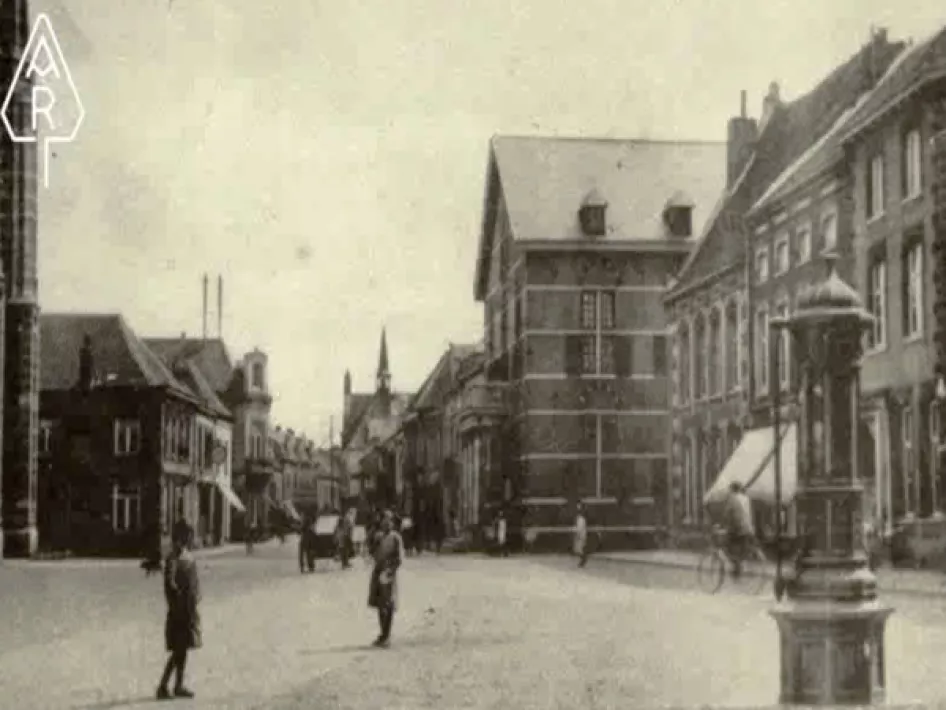We assume that in 1546, a city well made out of marlstone was placed in the marketplace, where the six main streets intersect. Remains of this well are found during archaeological research in 2016. This special discovery can tell us a great deal about life within the city walls.
Let us take you back to the time when Philips van Horne was master of Weert. The St. Martinus church and the city hall are still under construction. The water from the well is used in beer brewing and as drinking water for cattle. The marketplace already functions as a central meeting point with residences, inns and taverns. The time period from the mid fifteenth to the mid sixteenth century is known as the Golden Age of Weert. In this period, the city gained stature as a fortified city.
The water from the well played an important role in the extinction of fires. It was probably used in the great city fire of October 21, 1723, which left a number of houses in the city centre in ashes. The water is drawn from the well in leather buckets. Both the church and the city hall are damaged by the fire and the majority of the grain and food supply is burnt. A harsh winter of starvation awaits the people of Weert.
In these times, a public well with clean water is of vital importance. The water is cooked and sterilised before people drink it. The city appoints well masters who make sure the water remains clean. It's forbidden to carry garbage near the well or to relieve oneself in and by the well on the marketplace. Written sources inform us that throwing in dead animals, wood, bones or stones is forbidden as well.
Especially since the mid seventeenth century, the open wells are replaced by hand pumps in Dutch cities and towns. The well masters become pump masters. From the 18th century onwards, there are several known water pumps in the streets of Weert for the public water supply. However, during the 19th century the public water supply gradually becomes in disrepair. The same goes for the city canals, the city walls and the city gates of Weert. In 1817, the remaining fortifications of Weert are demolished. The function of the city canals changes from then on. They're used less and less frequently and are therefore narrowed to over half of their original (medieval) width. The construction of the Zuid-Willemsvaart also plays an important role in the changing water management.
Hygiene becomes more and more important in the last quarter of the 19th century. Homes are fitted with their "own" water pumps and public pipelines are constructed. This means the end of the public water pumps. The public water pumps of Weert, including the historical well and the city canals around Weert are filled in the beginning of the 20th century.
After the archaeological research in 2016, it is decided to not excavate the well any further, in order to keep it well preserved for posterity.
Download the app
NOTE: The location of the tile is at the terrace on the side of brasserie D 'Oude Markt on the Markt in Weert. Here you can also see the contours of the place where the well originally stood.
TIP: This location is part of the archaeological experience route on the island of Weert and Weert archaelogical cycle route the island and its spheres.
More information
www.stadsgidsenweert.nl
www.erfgoedhuisweert.nl
www.museumw.nl
Visit other Archeo route Limburg locations




